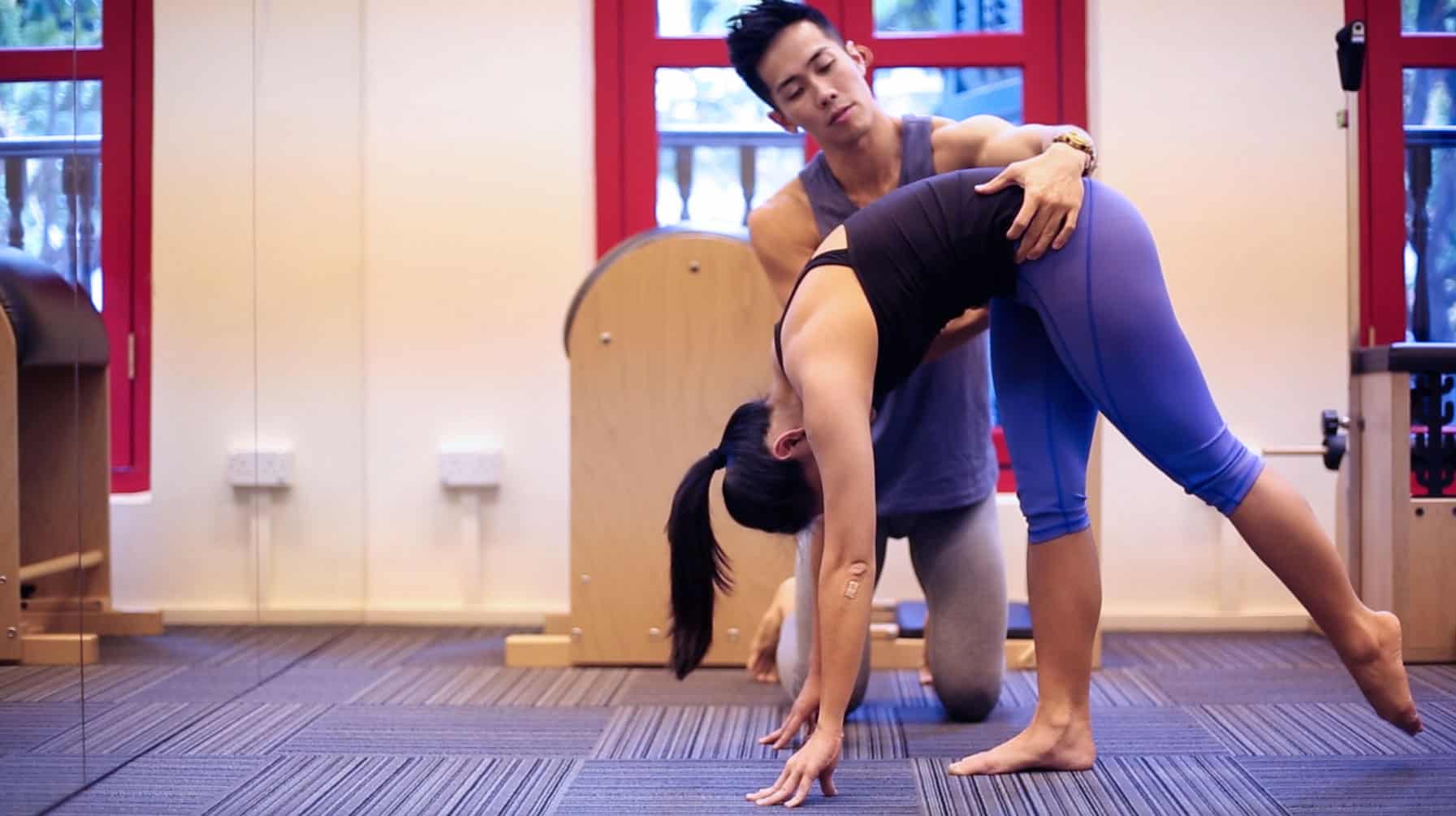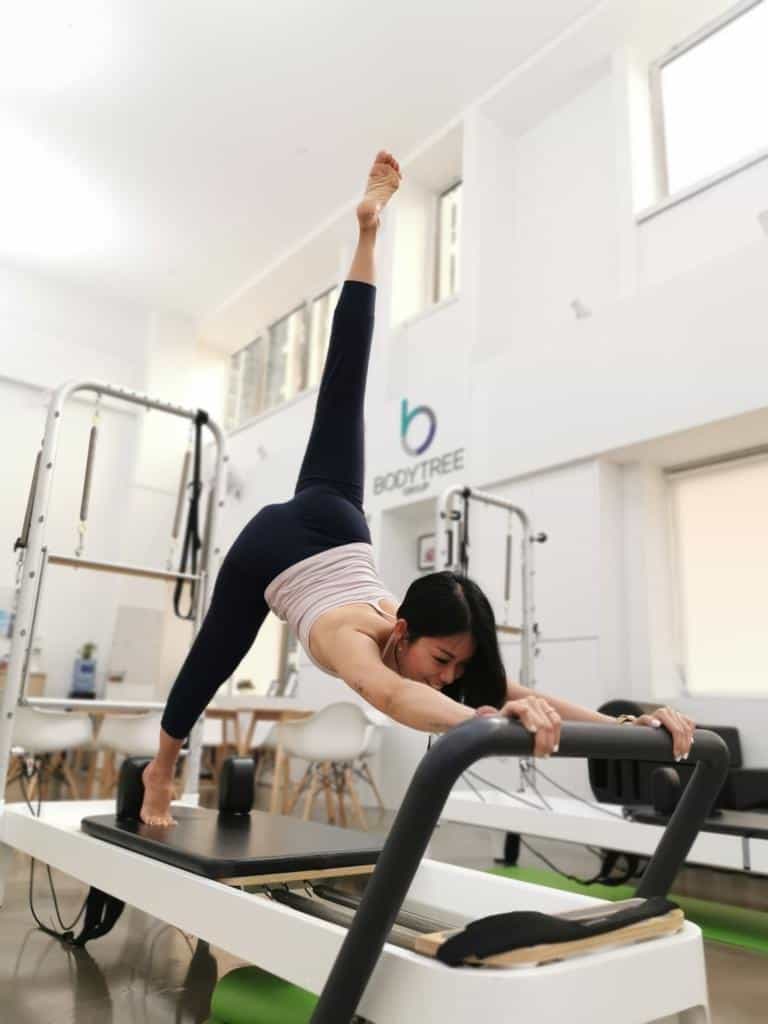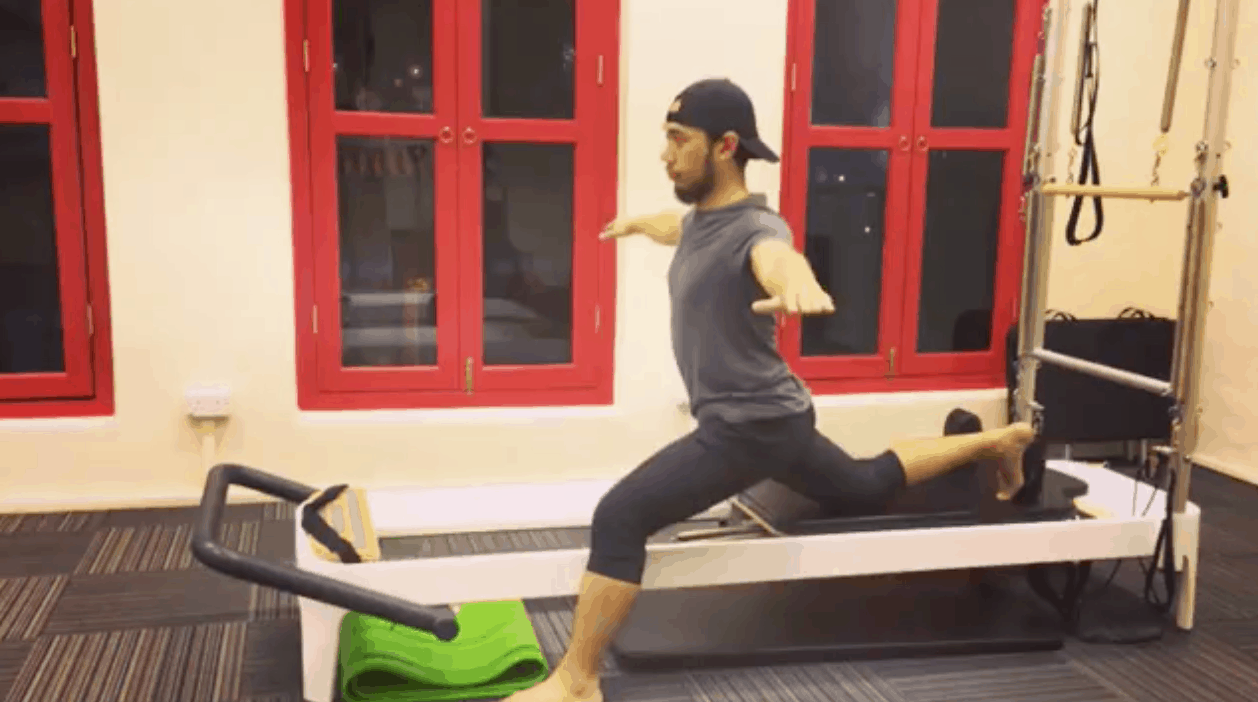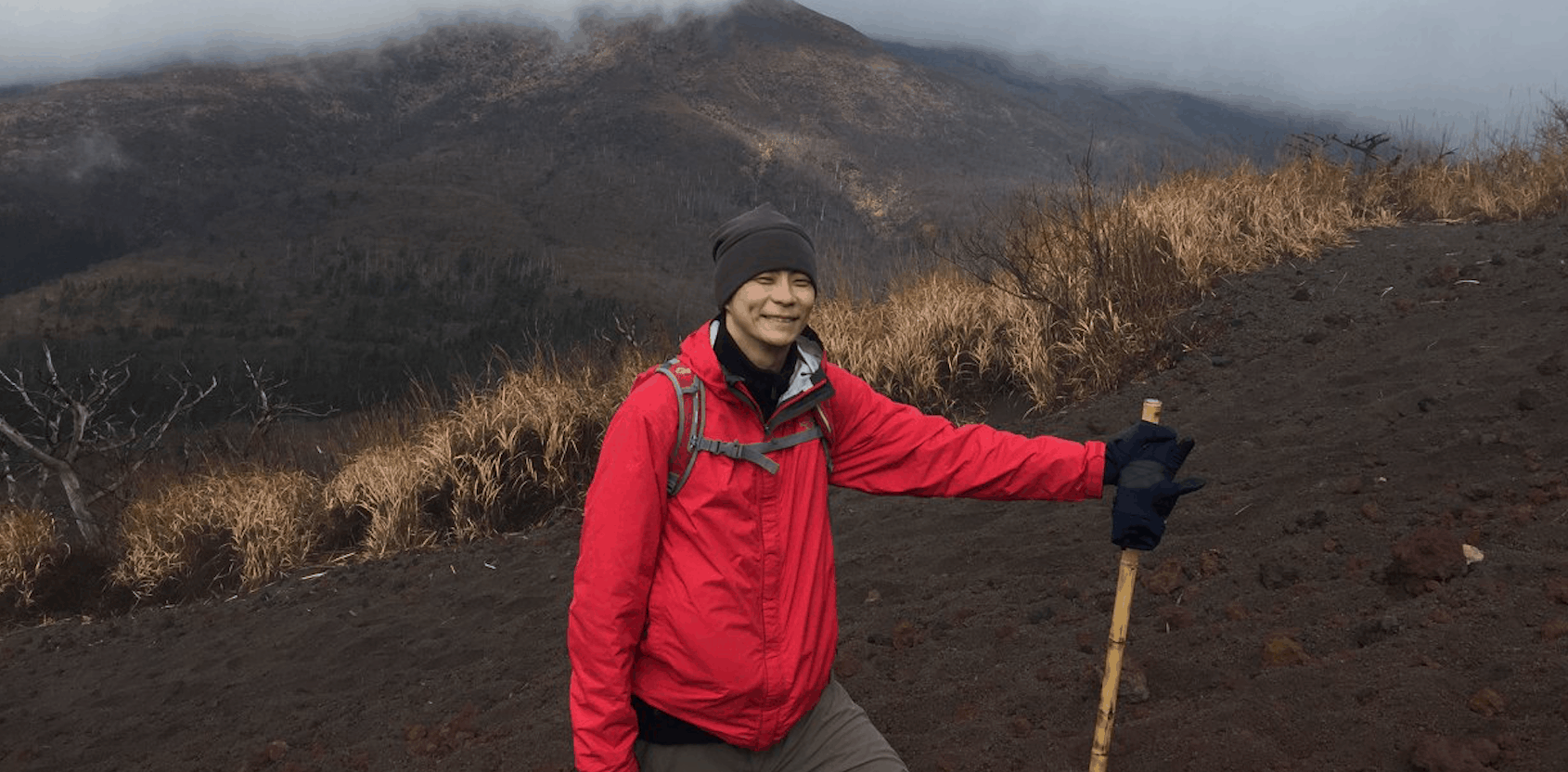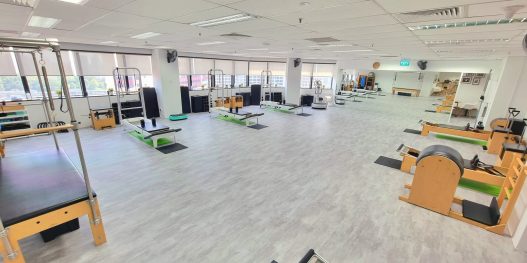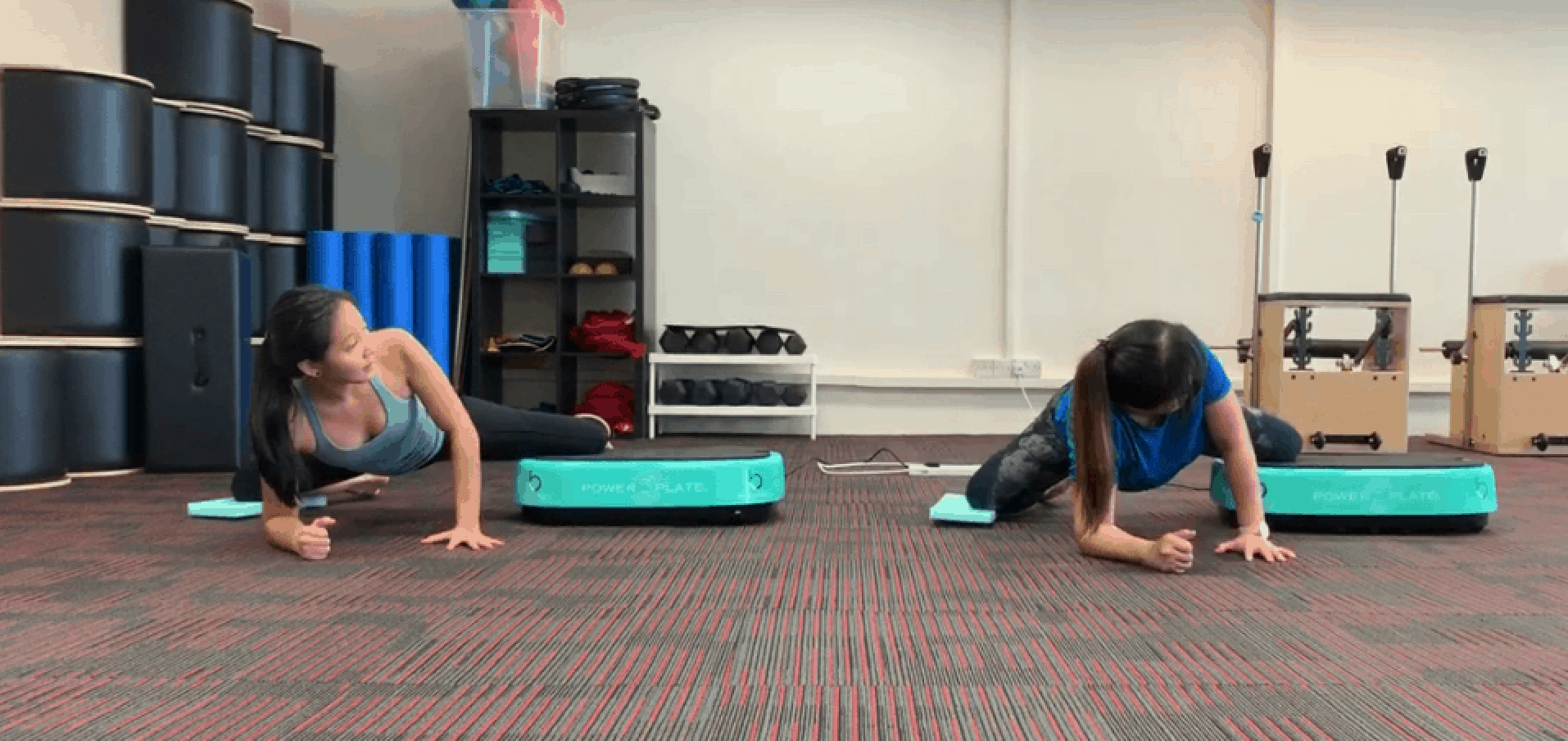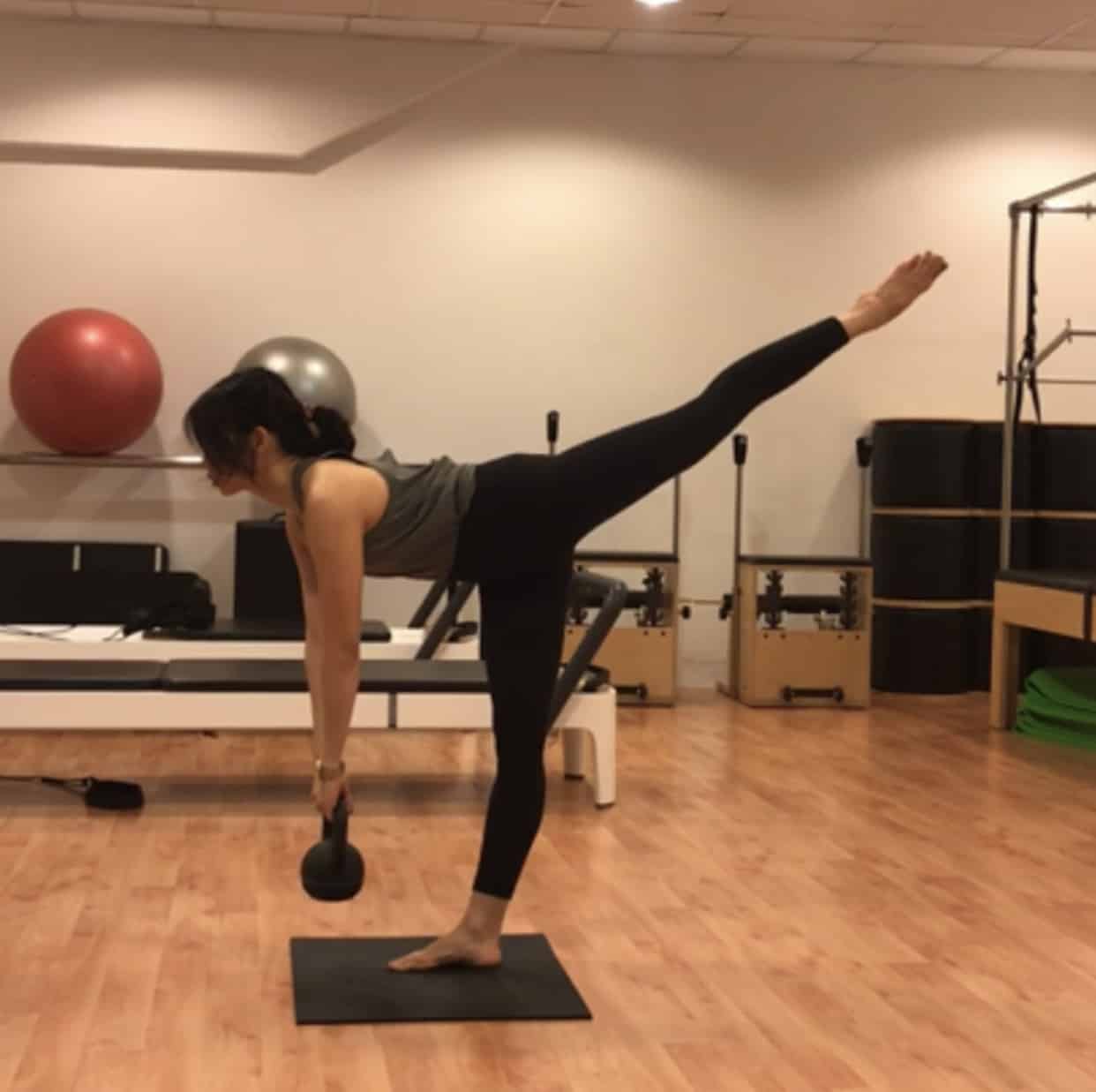Catchy music, graceful moves inspired by ballet; so you’re a barre fan (*ahem* addict) but can’t seem to figure why you’re not getting better results? Having taught hundreds of barre classes, and also being a Pilates teacher with a background in dance and ballet, working “harder” isn’t necessarily the way to get the most out of your barre class experience. Here are my 4 tips to Maximise your Barre Workouts.
1. Stop tucking
The Barre workout was first created by ballerina Lotte Berk in London ins 1959. Following a back injury, she combined her rehabilitative therapy with her ballet routines to create this exercise system.
With this understanding, let’s talk about the pelvis. The pelvis links the upper body and the lower body. When the surrounding muscles and joints are balanced, the pelvis assumes a neutral position – this is most ideal for dynamic movements through the spine and hip.
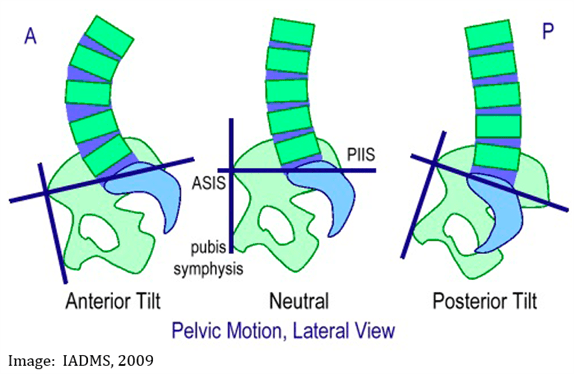
In the dance world, It is known that dancers who present with either anterior tilt or posterior tilt develop stress in the spine, knee, ankle and feet thus leading to injury.
So whether you fall into the category of an anterior or posterior tilter, understand that your pelvis needs to be neutral in order for you to develop balanced muscles through the body. Unless the move calls for a round spine or a pelvic tilt, you should maintain a neutral pelvis.
2. Use your Turnout
Let us first take a moment to admire Svetlana Zakharova’s amazingly turned out legs.
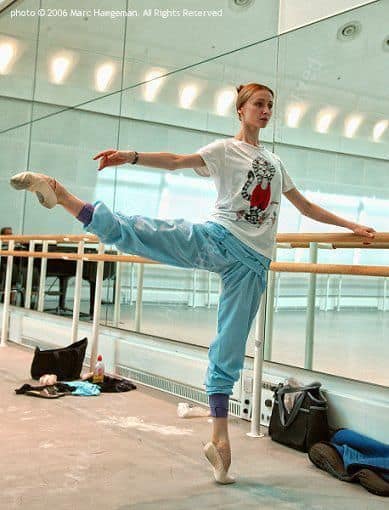
Sometimes how this is cued in class can lead to some confusion. But turnout does not come from your feet. The feet’s role in standing is to ensure that the arches don’t roll in (or collapse) and to ensure that the muscles up the leg are engaged (Check out our Bare Workout Classes to find out more on what it means to be Barefoot Strong) . To know where your turn out muscles are, I like to cue the “smiley face” at the base of the glutes, or to younger children where the diaper lifts at the bum. In more technical terms, the turnout muscles sit at the base of the hip, from the Greater Trochanter (lumpy bone oustside your hip) toward your sacrum (tail bone).
And because each barre class you go for is YOUR workout, work in a turnout range that you can sustain without compensating – this will prevent you from getting injured.
3. Work Mindfully
Are you breathing? Are you thinking about how your turnout muscles are working? Is your upper body free of tension? Are keeping your core engaged? In an already fast paced barre class, this is hard to focus on, so perhaps leave the mobile phone aside, and other trailing thoughts outside the workout. Your workout is time for you to work on your body. So why not give it your outmost attention?
4. Less is sometimes more
While attending numerous hours of barre classes may accustom you to the program structure of the class and the french terms that the instructor may call out, this still does not necessarily lead to the results you want.
Personally I have found that Pilates brought my fitness to the next level. Besides building a strong foundation of mindful movement since the class is not governed by the speed of the beats of music, it helps one discover if its strength or mobility that is lacking in the body that preventing you from doing your best attitude.
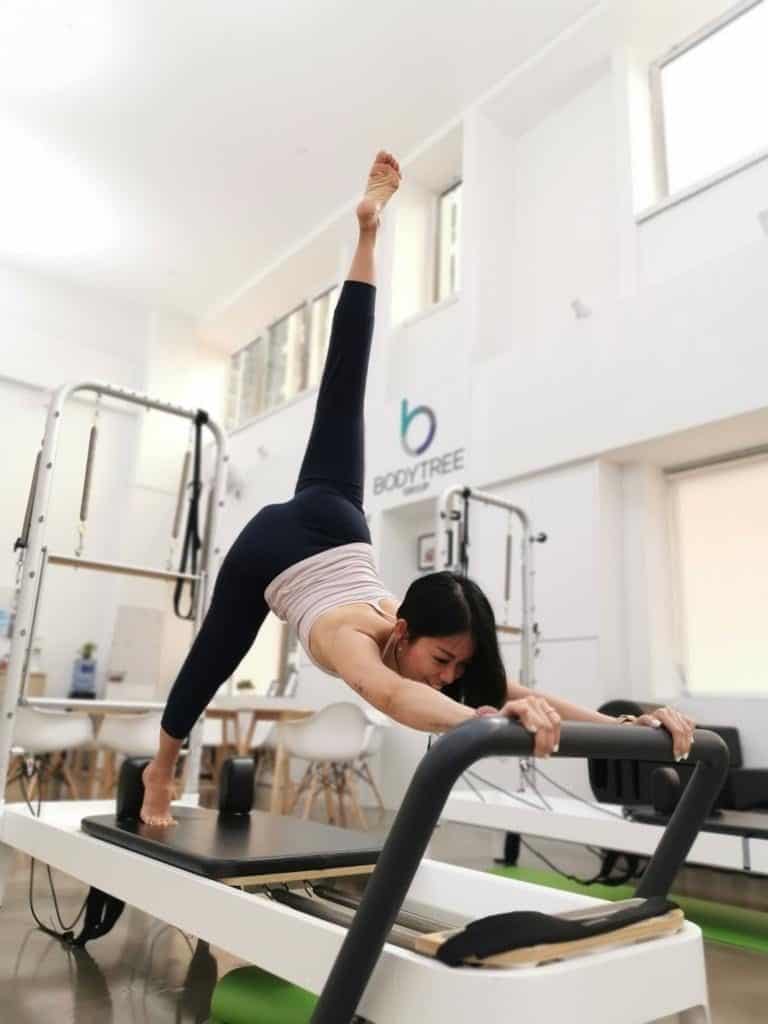
What Next?
I will be sharing in-depth tips on turnout and alignment during my sharing session, Maximise your Barre Workouts with Pilates. If you missed the session this round, be sure to sign up for updates via pilatesbodytree.com/site2020/btf !
Resources:
https://www.iadms.org/blogpost/1177934/214940/Dancing-with-the-pelvis-Alignment-deviations-and-mobility
https://www.pinterest.com/pin/353954851941973690/

